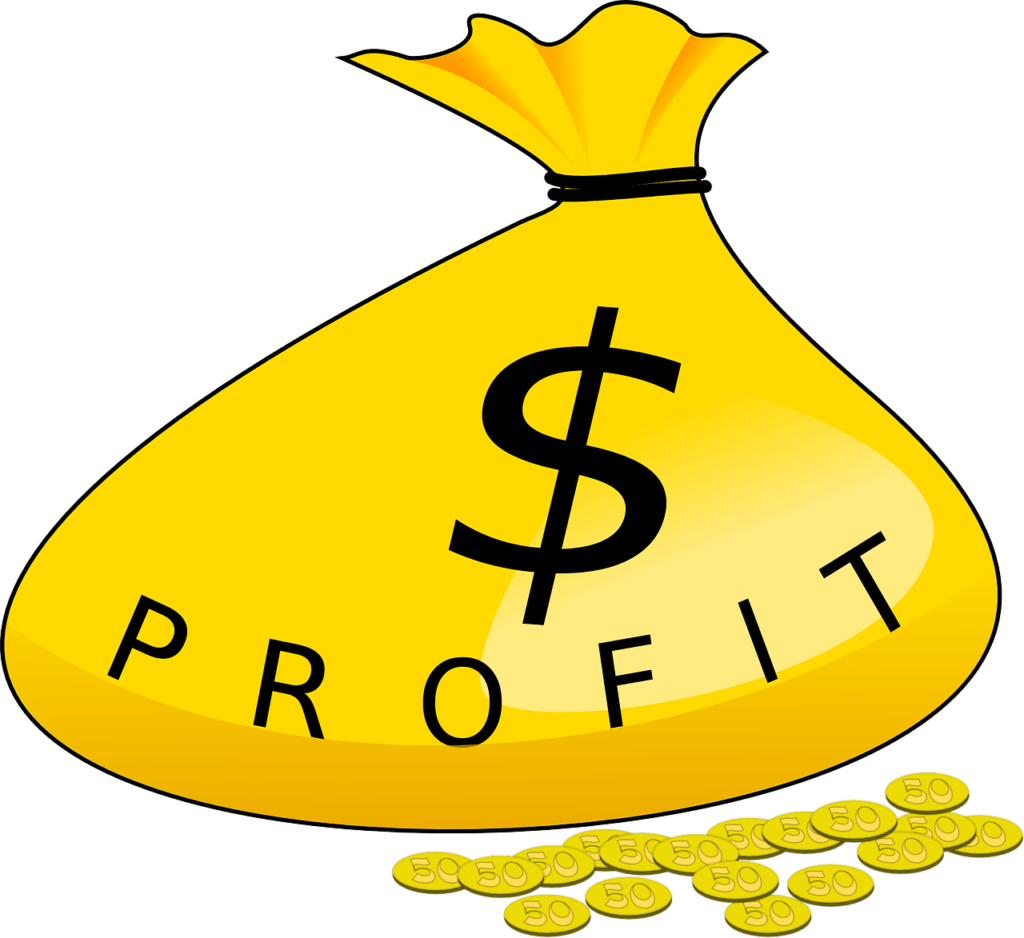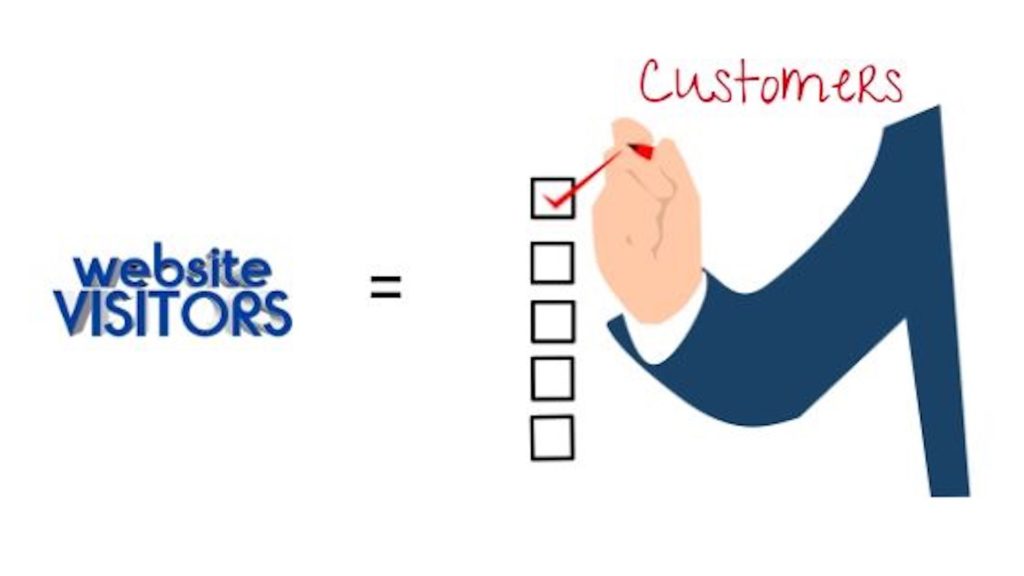How Do I Measure Content Marketing ROI?
You know the value of content. You have a prepared speech speaking to its value in brand recognition and credibility. You can also recite several key stats about the role it plays in unique visits, customer loyalty, and overall engagement. But then comes the question from those outside the marketing sphere – often the ones holding the purse: what’s the ROI for content? Is it worth the resources?
Maybe you’re trying to convince yourself, or, perhaps like many other marketing professionals, you’re trying to convince those that hold the purse strings, like the CFO, that marketing is well worth the dollars spent.
But how do you measure content marketing ROI? It’s not as straight forward as other channels, like email, affiliate, or SEM. Because content marketing works on so many levels, touching customers at so many points as they travel down the funnel, putting an exact dollar sign on return can feel downright impossible.
Because content is used across numerous platforms and channels, and it touches customers at various points in the funnel, putting an exact dollar sign on return can be challenging. However, there are a few ways you can measure content performance and link it to ROI. But before we begin, you must think through two simple questions.
Getting Started
Before you can really measure ROI, particularly for content marketing, you need to answer a few questions:
What’s your goal?
Undoubtedly your goal is to turn content into revenue, but let’s get a bit more specific. Do you want your content to bring in more leads? Are you hoping that it will increase your organic rankings?
Before you can begin to measure content marketing ROI, you need to define the end goal as it relates to a specific piece(es) of content. Doing so will help you pick the key metrics to watch, whether it be impressions, leads, sales, etc., or a mixture of metrics.
That said, it’s best to choose metrics that you can tie back to revenue in some way. And, unless you’re confident in a single metric, it’s wise to collect data for various key metrics across any platform or channel that’s important to your content strategy.
How do you plan to use the content?
Will it be leveraged in a PPC or social campaign? Is it part of an ongoing blog series? A white paper to grab leads? The answer to this question will help you determine how to calculate costs and what metrics will best indicate performance.
Now let’s move to the nine ways to measure your content marketing ROI:
1. Traffic
If you’ve been charting basic marketing performance metrics, it’s likely you already monitor traffic, specifically your top landing pages and referrals. These metrics can also give you some valuable insight into your content marketing efforts.
By looking at landing pages and referrals, specifically, as they relate to specific content URLs, you can begin to determine effectiveness based on fluctuations in traffic. For instance, if your goal is to leverage content marketing to improve organic search results, then you can monitor organic traffic from Google, Bing, and Yahoo. Running the same piece of content in multiple platforms? You can easily monitor and calculate ROI based on each traffic source.
2. Qualified Leads
Some content is designed to deliver user information right to your sales team. That’s often the case when it comes to ebooks, white papers, and case studies, many of which are offered in exchange for an email address or other customer information. Because there is often a direct value placed on a lead, when available, this is perhaps one of the easiest ways to determine content marketing ROI.
3. Sales
When content spurs a lead or when users move directly from a content page to a product/service page, it becomes infinitely easier to draw a clear line between a specific piece of content and a lift in revenue for a specific product, product category, or brand.
Sometimes, identifying conversions will require some creativity. For instance, you may be able to track a specific IUID or coupon code to a piece of content or a full content campaign. However, you may also be able to determine the monetary value of a page through the Page Value column on Google Analytics.
4. Email/Newsletter Subscriptions
For many business owners or marketing directors, emails and newsletters are a practical way to distribute content, engage an audience, promote products and services, and ultimately push customers further into the sales funnel.
However, when paired with a newsletter or email sign up fields, content can also be used to assist in the email effort, allowing you to build out email lists. A growing email list, particularly when accompanied by a growing CRV and AOV, can help you put a number on content marketing ROI.
5. Engagement
Engagement is any action that a user takes with your content. There are numerous actions that are considered to be engagements. For instance, a visitor may read a piece of content and then complete a form, generating a lead.
They may dive deeper into your website, moving from one piece of content to another or to a product page. It can also be an engagement in the light of social media, which is measured in comments, Facebook likes, shares, etc. — though some engagement stats, like “likes”, may not tell you much in the line of ROI.
6. Blog/Vlog Performance
If you’ve had a blog for a while now, then this is another easy way to start to determine growth. By looking back on historical data and comparing it to current or new datasets, you can begin to determine the impact of a specific blog/vlog, post, or related campaign. To do this, be sure to regularly track metrics like visits per month, new visitors, social shares, bounce rates, time on page, and even keyword rankings.
7. Brand Awareness
Brand awareness is often the biggest selling point of content marketing, and so it would make sense that it can also be used to measure ROI. In this case, instead of focusing on a specific channel or metric, you can turn to the full picture, looking at blow view, page views, direct traffic, social shares, new followers, backlinks, etc.
8. Acquisition
Even though increasing brand awareness should be a primary goal of your content strategy, it’s really only the first stop along the marketing funnel. The goal, obviously, is to move visitors and followers to the customer category. In this case, your ROI can be determined by how many visitors who engaged with content went on to be customers. And, in many cases, you’ll also be able to determine what type of content or content platform leads to the most valuable customers.
9. Retention
Gaining awareness isn’t the only goal for content. Instead, a good content strategy keeps customers engaged even after they’ve completed a transaction. And, a single acquisition can be so costly, using content to turn first-time customers into repeat buyers can be invaluable. And, it’s worth noting that a quality content strategy can improve your retention rates by as much as 10%.
Over and over we have been told that content marketing is pivotal to success. It can place your brand in front of a wider audience, show existing and potential customers that you’re an industry resource, and create a strong community of users who will not only become loyal to your brand but will share their brand with others.
You know all that.
However, if you need to turn the altruistic benefits of content tangible metrics that speak to revenue, then you may need to get a bit creative. In some cases, calculating ROI will be as easy as looking at sales and leads. In other cases, you may need to look to various metrics, from landing pages and referrals to retention and subscription rates.
In the end, however, you may find that the best way to determine ROI is to look at your distribution strategy, associated costs, and several of the methods above to get a clear picture of ROI as it relates to your content marketing efforts.






